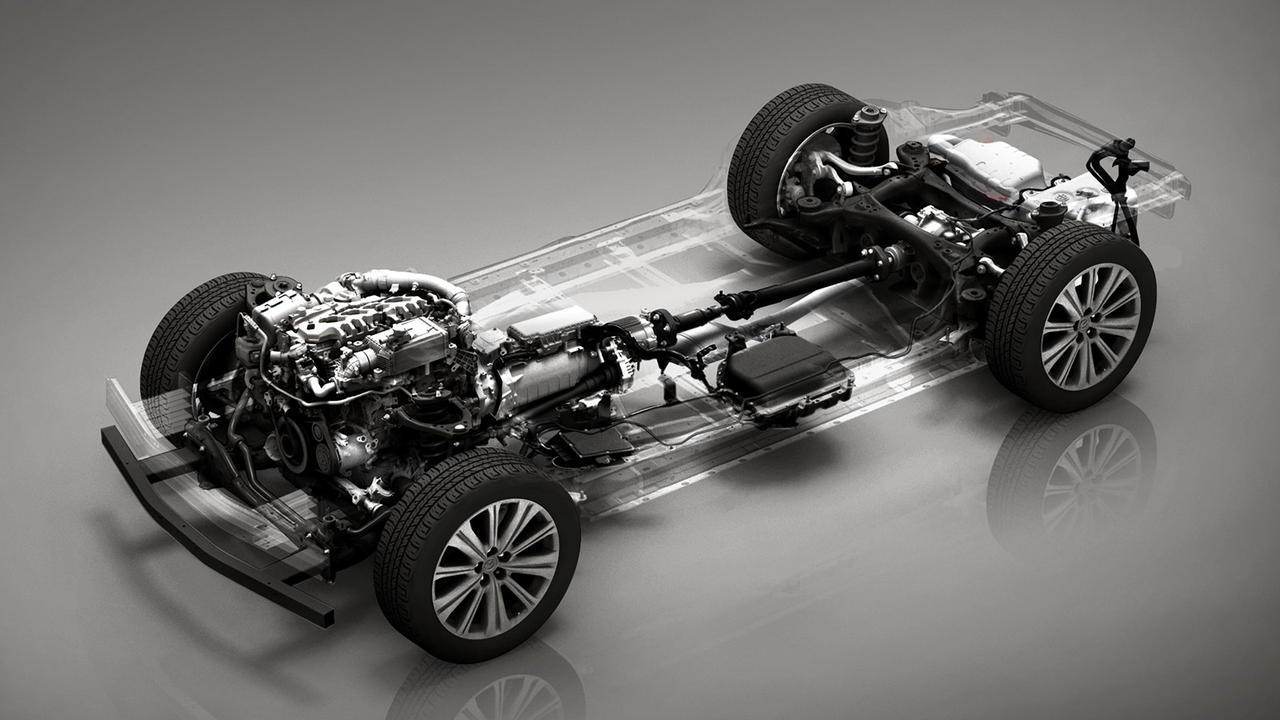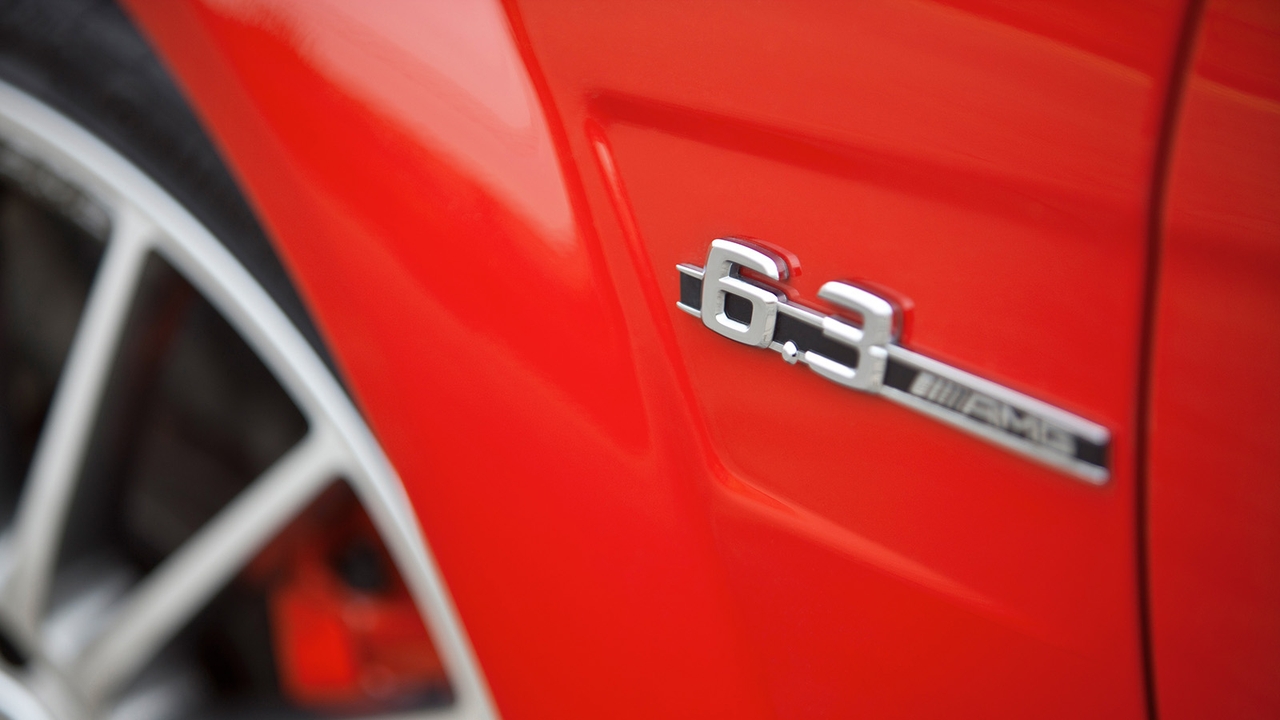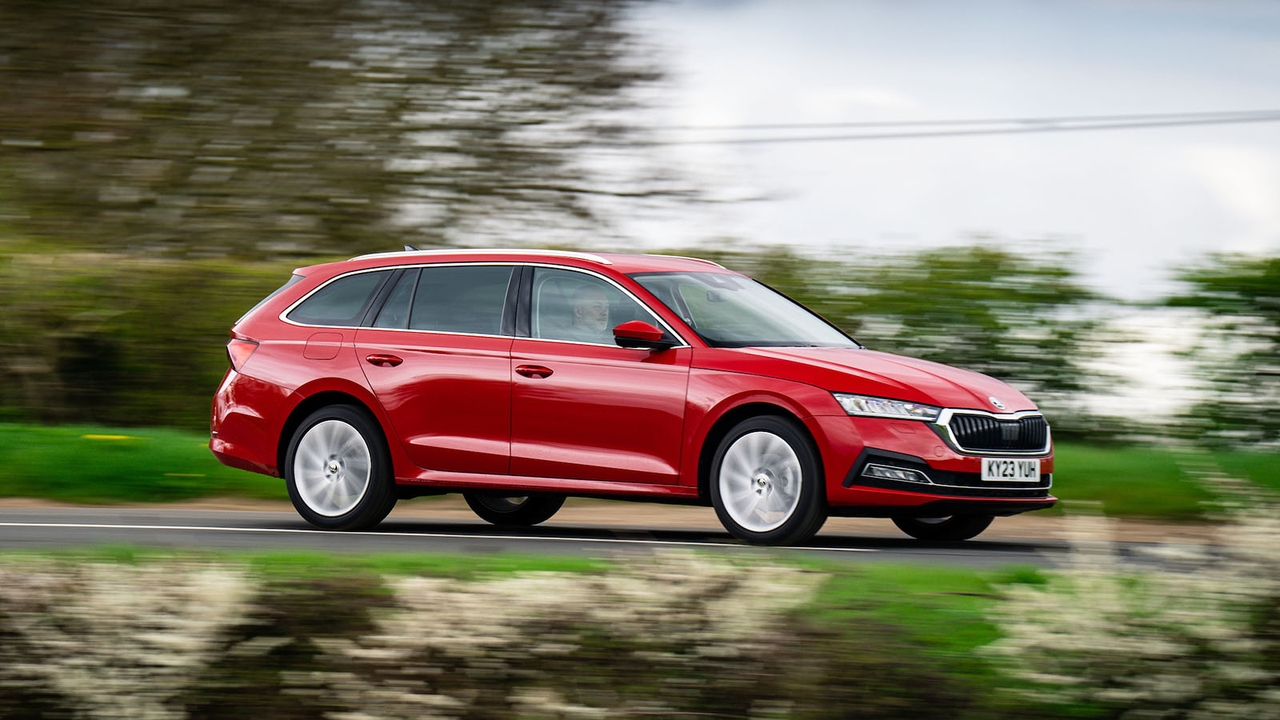It seems odd to measure an engine in litres – cars aren't powered by milk bottles!
For many years, it was the easiest way to get an idea of how powerful an engine would be. These days, however, with more cars using turbos and hybrid systems, engine size isn't such a useful indicator of how powerful a car will be.
Nevertheless, if you want to work out how many cubes you've got under the hood, this guide will talk you through it. And, if you're looking for the perfect car with the perfect engine, find out how much you could save by buying or financing a used car from Motorpoint.
What is the meaning of engine size?

Engine size, or engine capacity, is a measure of how big your car's engine is – bearing in mind the very broad principle that a larger engine will make more power than a smaller one. In the UK and Europe, engine sizes are usually measured in litres or cubic centimetres (cc).
Car engines will generally have a handful of cylinders with pistons inside that move up and down to turn the crankshaft and, ultimately, your wheels. Your engine's size is the total area in those cylinders swept by all the pistons added together.
How do I find my car's engine size?

There are several ways you can work out your own car's engine size. For many years, it was common to actually put the car's engine size on the car itself in the form of a badge or sticker so, if you see your car has a '1.4' or '2.0' badge, for example, that usually indicates its size in litres – though, this has become less common for more modern cars.
If your car doesn't advertise its engine size on the bodywork or under the bonnet, your next best bet is to look at your V5C – also called a logbook. Check section 4 of this document, called 'Vehicle details', and you'll find an entry that lists your car's cylinder capacity in cc – this is your car's engine size.
Car engine sizes explained

For UK and European cars, engines are generally measured in litres or cubic centimetres. One litre is equal to 1,000 cubic centimetres, which means you'll find a 1.6-litre engine advertised with a 1,600cc capacity, for example.
The cc figure is rarely a nice, round number, however, so it's usually rounded up to the nearest litre figure for the sake of clarity. For example, the 2.0-litre petrol engine used widely across Volkswagen and Audi cars actually measures 1,984cc rather than the full 2,000cc its badge might indicate.
North America has adopted litres more widely in recent years but still occasionally uses cubic inches (ci) – an imperial equivalent of cubic centimetres. One cubic inch is roughly equivalent to 16.4cc, which is why you'll see muscle cars like the '60s Dodge Charger advertised with a 427ci V8 engine – measuring 6,997cc or 7.0 litres.
Does engine size matter?

Engine size matters to an extent, but not as much as it used to. In the past, making an engine larger was the easiest way to make it more powerful. A larger engine means you can put more fuel and air in it and, thus, get a stronger explosion in the cylinder and more power to drive the wheels. As a result, it'd be normal to look at a car model lineup and see the smallest engines in the slowest, most affordable models and larger engines in faster, pricier versions.
These days, however, things are more complicated. Many carmakers now use turbocharging to force more air into an engine and make more power without increasing the engine's size. This is why you'll find 2.0-litre turbo petrol engines, for example, making anywhere from 150hp in an Audi A4 to more than 400hp in a Mercedes-AMG A45S. The same effect can be achieved using hybrid engine tech, too, like the 184hp 2.0-litre petrol-hybrid setup in the Toyota C-HR.
What's the average car engine size?

There's not much value to understanding the average engine size – especially, as covered above, since actual power has less to do with outright capacity these days. That said, you'll find the overwhelming majority of cars will fall within a certain engine-size range, depending on the market segment the car competes in.
Very small cars like superminis and city cars like the Kia Picanto generally use engines between 1.0 and 1.2 litres in size. Stepping up to family hatchbacks like the Volkswagen Golf and sizes between 1.0 and 1.5 litres become the most common. Larger cars like SUVs and saloons are more commonly fitted with engines between 1.5 and 2.0 litres. Engines much larger than 2.0 litres are rare these days and mostly reserved for very large cars or high-performance models.
What's the best engine size for a first car?

The most limiting factor for a first car is usually insurance costs. These are directly tied to the value of the car as well as its engine size and power. As a result, you'll need to pick a cheap, low-powered car to have any hope of getting an affordable insurance quote.
With that in mind, you'll probably be shopping a range of small hatchback superminis and city cars. These are almost always equipped with very small petrol engines – usually 1.0 or 1.2 litres – and you'll want to choose whichever version is the least powerful option, as this invariably will have the lowest insurance costs.
Find big and small engines under one roof
Motorpoint has a huge selection of great-value nearly new and used cars, from dozens of different brands with all sorts of different engine choices to pick from.

































